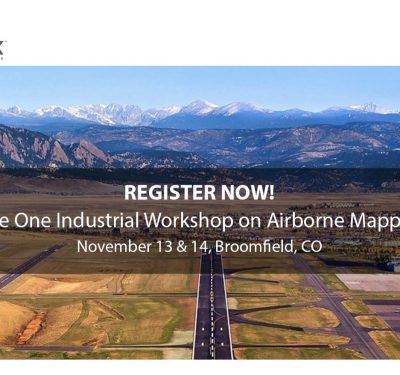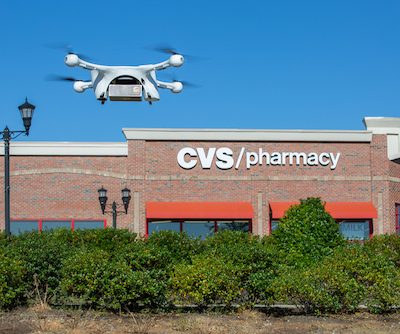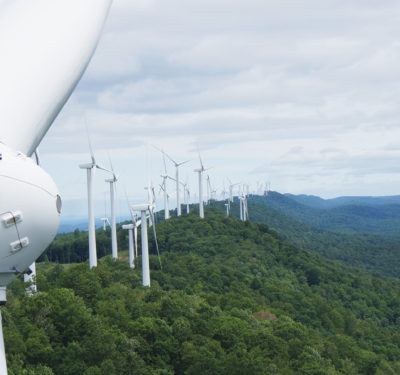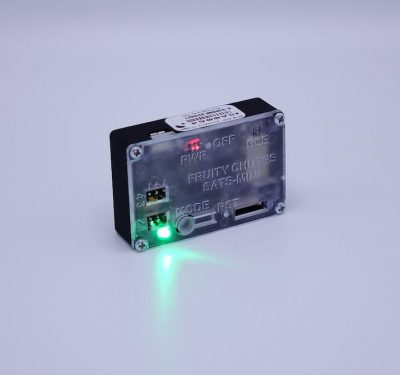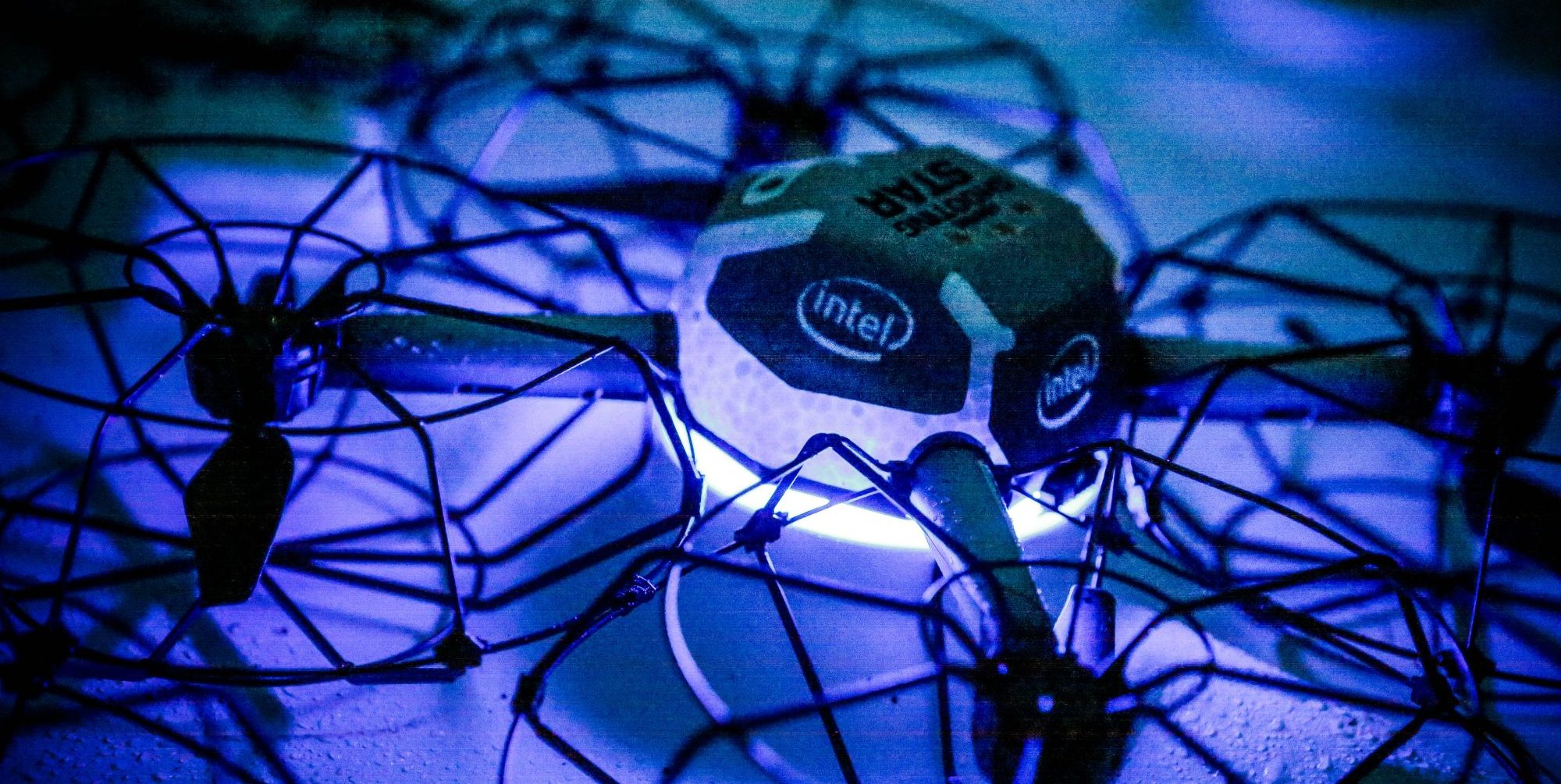 Intel’s growing presence in the unmanned sector is as much about algorithms and connectivity as it is about airframes — a long-horizon plan that fits into the company’s data-focused strategy as well as its drive to innovate in, and help enable, a new and promising market.
Intel’s growing presence in the unmanned sector is as much about algorithms and connectivity as it is about airframes — a long-horizon plan that fits into the company’s data-focused strategy as well as its drive to innovate in, and help enable, a new and promising market.
Intel’s strategy, articulated by CEO Brian Krzanich on the firm’s website this spring, incorporates five core beliefs:
— That the cloud is “the most important trend shaping the future of the smart, connected world — and thus Intel’s future;”
— That connecting to the cloud increases the value of the devices in the Internet of Things (IoT),
— That memory and programmable solutions such as field-programmable gate arrays (FPGAs) will create entirely new classes of products for both data centers and IoT,
— That 5G, the next standard for telecommunications, will become the key technology for access to the cloud as the world moves toward being always connected and
— That Moore’s Law will continue to progress and that Intel will maintain its leadership position in delivering the economic impact of that progress.
“Drones are part of the Internet of Things,” said Anil Nanduri, general manager of Intel’s unmanned aerial vehicle (UAV) segment and a vice president in the firm’s New Technology Group. The data from devices, including drones, he said, will be orders of magnitude more than that generated now by people taking photos and videos with personal devices.
“You know the world is in 3-D but nobody has really captured that data in 3-D,” he said in an interview with Inside Unmanned Systems,” and the fastest way to do it is through UAVs.”
While Nanduri’s team is intently developing and enhancing practical hardware like the Falcon 8+ — an adaptably stable, wind-resistant drone with a battery that tracks its own status and can be charged with a simple AC/DC converter — they are also feeding what they learn into development of the algorithms and chips that will enable new UAV missions.
One of the things the group is working on is accelerators.
“If you’re trying to analyze a whole bunch of pictures, or you’re trying to analyze a whole bunch of reports,” Nanduri explained, “you need to accelerate your processing in certain specific ways.”
These turbo-charging accelerator algorithms run much better if they can be programed into the silicon chips as opposed to running within the software, he said. Altera, which was recently acquired by Intel, makes such programmable silicon.
In a related development Intel has also announced that it plans to acquire Movidius, a computer vision company whose low-power chips can be used on the drones. These chips potentially could be used to support machine learning and real-time detection.
“Say you want to look for a certain kind of rust or a certain kind of crack,” said Nanduri. “The system can be trained to look for those.”
Nanduri told Inside Unmanned Systems that the New Technology Group works very closely with Intel’s traditional business units and on the architecture of future computing chips.
“We want to make sure that we are looking at the new up-and-coming areas of innovation,” he said, “and making sure that we are participating along with it — and where it makes business sense, even investing and providing solutions in it.”
 His group also is working to find ways to connect the drones to the cloud and get the data they gather into the hands of users. Existing cell tower networks are one promising avenue‚ even though cell towers are geared to look down, not up, for transmissions. One thing that has to be demonstrated, however, is that channeling drone downloads and, possibly flight communications, through the cell lines will not disrupt existing uses.
His group also is working to find ways to connect the drones to the cloud and get the data they gather into the hands of users. Existing cell tower networks are one promising avenue‚ even though cell towers are geared to look down, not up, for transmissions. One thing that has to be demonstrated, however, is that channeling drone downloads and, possibly flight communications, through the cell lines will not disrupt existing uses.
“The whole idea,” he said, “is how do I certify a specific modem for UAVs on my network. That involves making sure that the testing is reflecting that it’s working well in their infrastructure.”
Though elements of what the UAV group does flows back into the work of Intel as a whole, the promise of unmanned aircraft drives their efforts, said Nanduri.
Look at the number of bridges that need to be inspected, he said, “inspecting those — it’s not humanly possible. You see there’s real tangible benefit of using a UAV.”
This single piece of technology, he said, touches first response, search and rescue and applications from deliveries to inspections, and assisted construction. “Every application you think about, you can actually do it faster and more economically, with a lot more precision, using a UAV.”


